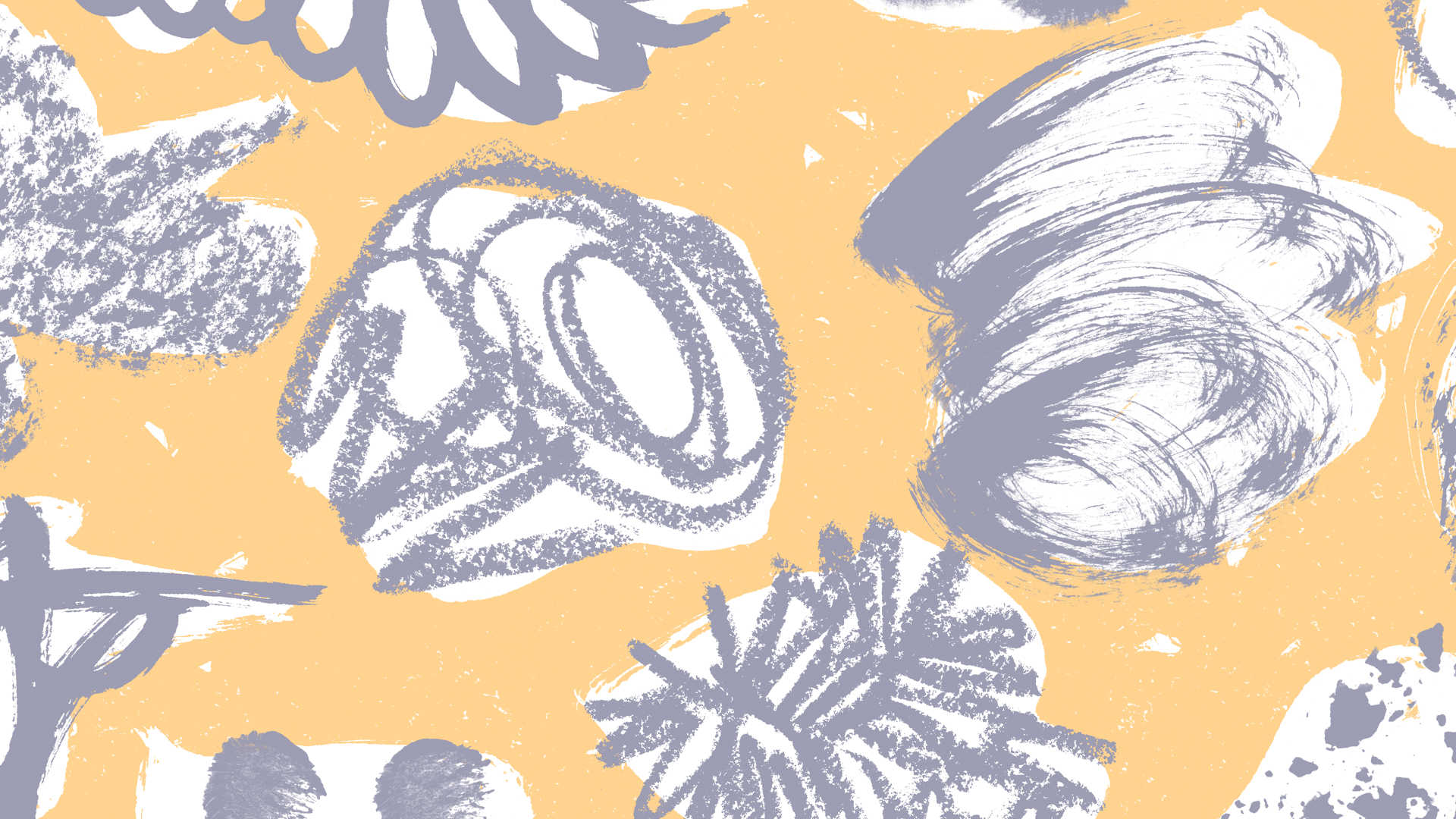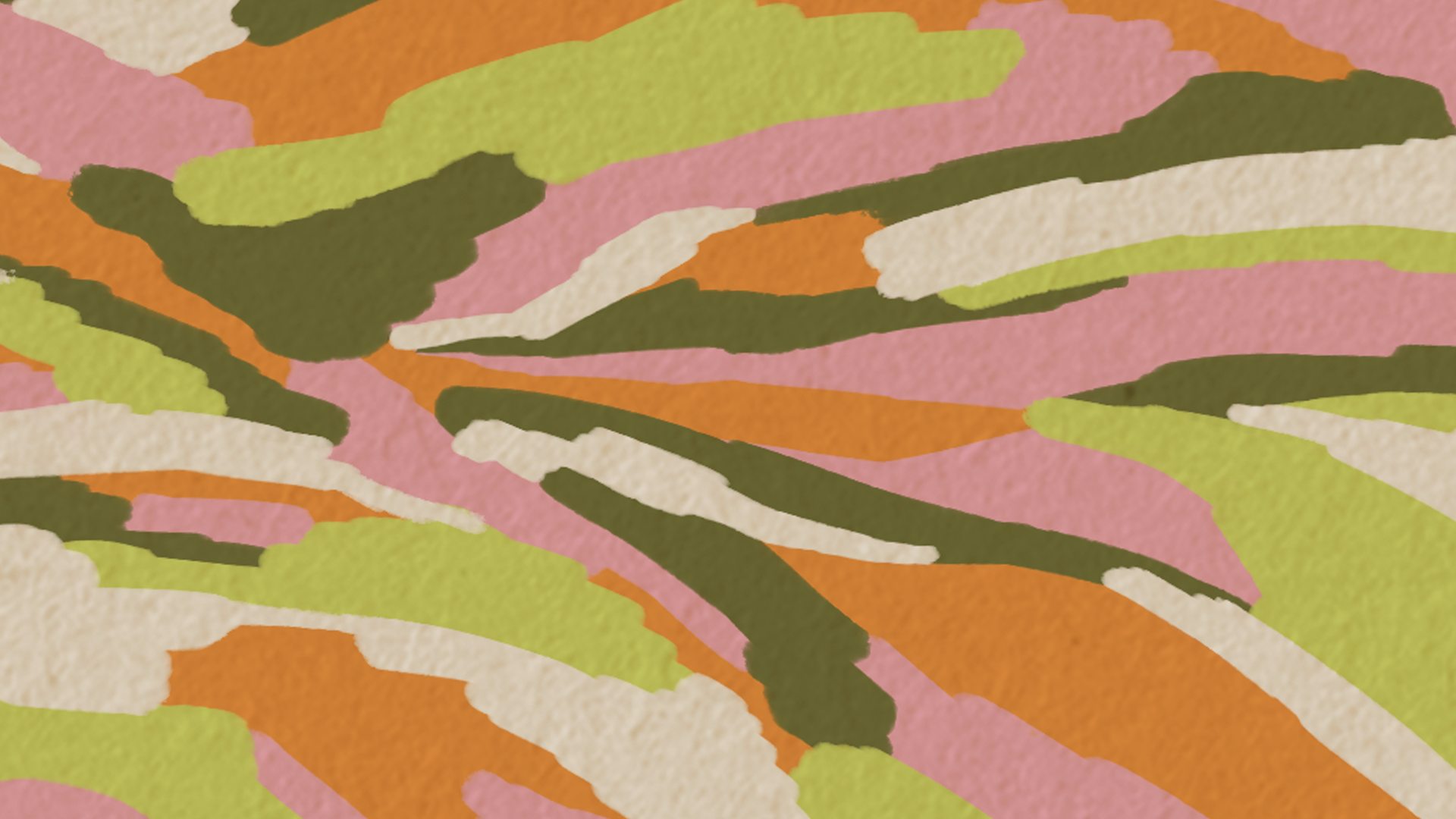Breadcrumb
Physical hazards in the workplace involve equipment and activities that can cause harm or injury. In creative workplaces, these hazards often arise from:
- manual handling
- equipment use
- repetitive activities.
They can also arise from other factors that are unique to artistic production like:
- fire and burn hazards from heat-based artistic processes (for example, glassblowing or metal forging)
- high decibel sound exposure from live performances
- exposure to sharp tools (for example, chisels, glass, metal work) used in sculpting, prop making or set construction
- vibration exposure from power tools.
Managing physical hazards is part of managing hazards and risks in the workplace more broadly.
Learn more about managing hazards and risks.
PCBUs are legally required to manage hazards and risks. Workers also have a duty to take reasonable care for their own health and safety and follow the reasonable instructions of a PCBU.
These legal obligations are called work health and safety (WHS) duties.
Common physical hazards in creative workplaces
|
Type of hazard |
Some common examples |
|---|---|
|
Ergonomic |
|
|
Manual handling |
Safe Work Australia has guidance on managing hazardous manual tasks. |
|
Performance-related |
|
|
Machinery and mobile plant |
Safe Work Australia has guidance on managing equipment (plant) risks in the workplace. |
|
Falling |
Safe Work Australia has guidance on managing risk of falls. |
There are extra safety requirements for high risk work such as forklift operations and working at heights. It is important to make sure everyone has the right licenses, and that workplaces comply with additional regulations.
Learn more about high risk work.
Ways to identify physical hazards
Some ways to identify common physical hazards include:
- inspecting the workplace: look for trip hazards like loose cables, uneven flooring, or cluttered areas.
- checking equipment: identify issues such as damaged tools, unstable platforms, or faulty machinery.
- observing activities: pay attention to tasks involving repetitive movements, working at heights or handling heavy objects.
- consulting workers: workers and performers can give valuable insights about risks they encounter that may not be visible when observing them. For example, or discomfort or pain when performing certain tasks or movements.
- reviewing past incidents or near misses: looking for trends in reported incidents (for example, frequent falls or injuries) that might suggest a physical hazard.
Assessing physical risks
Once a physical hazard has been identified, the next step is assessing the risks associated with them. This involves:
- evaluating the likelihood of harm: consider how often workers are exposed to the physical hazard and the chances of it causing harm. For example, an injury such as a fall or muscular strain.
- assessing the severity of harm: consider how serious an injury could be. For example, faulty equipment might result in minor cuts and bruises, or severe injuries like broken bones or death.
- using assessment tools: tools like checklists or a risk matrix to help you evaluate and prioritise risks, helping you focus on the most significant issues first. Learn more about risk matrices on our managing hazards and risks page.
Controlling physical hazards
The goal of managing risk of harm from environmental hazards is to:
- eliminate risk wherever possible, and
- reduce any remaining risk to an acceptable level.
Use a hierarchy of control measures to reduce exposure to hazards. Learn more on our managing hazards and risks page.
Ways to control physical risks
|
How to do it |
Some common examples |
|---|---|
|
Eliminate or substitute |
|
|
Engineering |
|
|
Administrative |
|
|
Personal Protective Equipment (PPE) |
|
Keep learning:
Keeping records
It is essential to maintain clear and accurate risk management records.
- Keep records of identified risks and control measures implemented.
- Regularly update assessments as conditions change.
Learn more about record keeping obligations.
Case study: Storing heavy props between performances
A dance company receives reports of several crew member injuries from moving heavy props. The company takes steps to reduce injuries and create a safer workplace.
First, they identify the hazard
A dance company identifies a hazard after workers reports back strains and injuries. Incident reports and discussions with workers revealed that lifting and moving heavy props in and out of tight storage areas between performances is causing the problem.
Then they assess the risk
The risk is assessed as high due to frequent lifting tasks and the potential for serious musculoskeletal injuries.
The likelihood of harm is significant due to the regular handling of heavy props, and the consequences have long-term health impacts.
They control the risk
To manage the risk, the company:
- purchases trolleys and hoists to minimise manual lifting
- redesigns storage to keep heavy props at waist height
- trains workers on using equipment safely and following proper assembly procedures.
They regularly review the controls
The company conducts regular checks to ensure the trolleys and hoists are maintained and storage remains effective. Crew members provide ongoing feedback about any challenges.
They look out for other reasons to review the controls
The dance company also reviews and reassesses the risk with lifting:
- when it introduces larger or heavier props
- when it receives reports of an injury or near-miss involving lifting
- when workers raise concerns during team meetings
- annually in scheduled safety reviews to evaluate and update risk controls.
Case study: Preventing falls when rigging festival lighting
During a music festival setup, fall risks are identified when workers install lighting rigs.
First, they identify the hazard
During the setup, organisers identify fall risks while workers install overhead lighting rigs. Workers need to climb to significant heights, increasing the risk of falls, especially when working on unstable surfaces or without proper fall protection.
Then they assess the risk
Falls from height can lead to serious injuries, including fractures, head trauma, or even fatalities.
The likelihood of injury increases if workers are not using proper safety equipment or if unstable structures are used.
They control the risk
To reduce the risk, the organisers implement the following safety measures:
- providing harnesses and fall protection gear for all workers operating at height
- employing trained personnel with experience in working safely at heights
- using temporary scaffolding with secure handrails to provide a stable and safe platform for work.
They regularly review the controls
Supervisors conduct safety checks before and during the setup process to ensure equipment is used correctly and remains in good condition. Workers report any safety concerns, and adjustments are made as needed.
They look out for other reasons to review the controls
The organisers also review and reassess the risk when:
- there is a fall or near-miss incident
- there are changes to the lighting rig setup or height requirements
- they find wear and tear on harnesses, scaffolding or other safety equipment
- workers give feedback on potential safety improvements.
Case study: Installing art for a new exhibition
Art gallery staff experience discomfort when installing exhibits involving heavy paintings.
The gallery makes ergonomic improvements to create a safer and more efficient working environment for its workers.
First, they identify the hazard
Gallery staff report discomfort and physical strain when lifting and installing heavy paintings. Workers frequently reach above shoulder height or bend awkwardly, increasing the risk of musculoskeletal injuries.
Then they assess the risk
Repeated heavy lifting and awkward postures can lead to back, shoulder, and neck injuries over time. The risk is higher if workers lack proper tools or are required to work in physically straining positions for long periods.
They control the risk
To reduce the strain on staff and improve efficiency, the gallery implements the following measures:
- installing adjustable hanging systems to allow paintings to be positioned without excessive lifting or reaching
- providing step ladders and mobile platforms to enable safe access to higher placements without overreaching
- encouraging team lifting for heavier artworks to distribute weight evenly and reduce strain on individuals.
They regularly review the controls
Supervisors check that the new systems are used correctly and gather feedback from staff on their effectiveness. Workers are encouraged to report ongoing discomfort or any new ergonomic concerns.
They look out for other reasons to review the controls
Supervisors also review and reassess the risks when:
- they receive worker reports of discomfort or injury related to lifting and installation
- there are changes in exhibit design that require different handling techniques
- new or heavier artwork that may require additional lifting aids is introduced
- findings during regular maintenance checks of adjustable hanging systems and ladders require
Case study: Traffic management at event setup
During an event setup, delivery vehicles, forklifts, and pedestrians operate in the same space.
By proactively managing traffic, the organisers ensure a safer environment for all involved in event setup.
First, they identify the hazard
During the setup of a large event, event organisers notice that delivery vehicles, forklifts, and pedestrians are all working in the same area. This creates a risk of collisions or accidents as people and machines move through the same space.
Then they assess the risk
The risk is high because workers, contractors, and pedestrians are exposed to heavy machinery and moving vehicles.
A collision could result in serious injuries or damage to property, especially if workers are not visible to vehicle operators or if vehicles are moving too quickly.
They control the risk
To manage the risk, the event producers implement a traffic management plan that includes:
- designating separate areas for forklifts and delivery vehicles to reduce interaction with pedestrians
- creating pedestrian exclusion zones where workers and visitors cannot access vehicle areas
- scheduling vehicle movements to avoid congestion during peak times, ensuring that vehicles aren’t moving when pedestrians are in the area
- using clear signage to direct both vehicle operators and pedestrians to their designated areas
- training traffic marshals to oversee traffic flow and ensure safety measures are followed.
They regularly review the controls
The effectiveness of the traffic management plan is reviewed after each event setup. Traffic marshals and workers are encouraged to provide feedback on any safety concerns.
They look out for other reasons to review the controls
The event organisers also review and reassess the risks when:
- they receive reports of near-miss incidents or accidents involving vehicles or pedestrians
- there are changes in event layout that require adjustments to traffic flow
- they get feedback from workers about the ease of following the traffic plan.
More in this section:
About managing workplace hazards and risks
Identifying hazards and taking proactive steps to manage risks creates safer work environments, prevents injuries and helps workplaces meet their legal obligations. It is crucial for every creative workplace.
Environmental hazards in the workplace
Understanding and controlling environmental hazards is an essential part of creating a safe and healthy working environment for workers and members of the public. It is also key to meeting WHS obligations.
Psychosocial hazards in the workplace
Understanding and managing psychosocial hazards helps create a great workplace culture and prevent psychological injuries (and is key to meeting your WHS obligations)
High risk work
High risk work is any work that requires a high risk work license. Understand the essential WHS requirements so you can create a safe workplace and meet your legal responsibilities.






